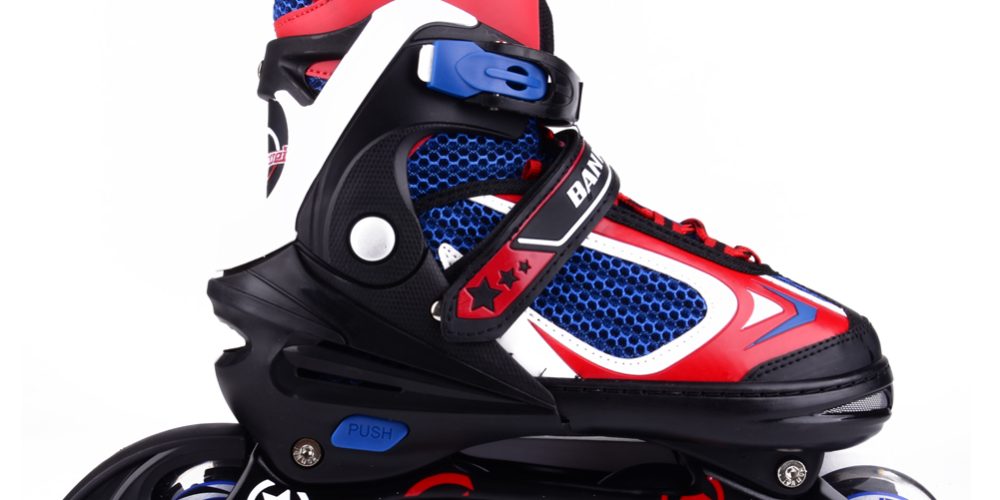Introduction: Inline skating is a thrilling and popular activity, but it’s crucial to prioritize safety to prevent accidents and injuries. In this blog, we’ll provide essential tips for inline skates safety, covering proper gear, skating environment, and best practices for injury prevention, ensuring a safe and enjoyable skating experience.
- Wearing Appropriate Safety Gear: Emphasize the importance of wearing helmets, knee pads, elbow pads, and wrist guards to protect skaters from falls and potential injuries.
- Choosing the Right Skating Environment: Discuss the significance of choosing safe and suitable skating environments, such as designated skate parks or smooth, traffic-free surfaces.
- Learning to Fall Safely: Teach skaters how to fall safely by bending their knees and rolling with the fall, reducing the impact and lowering the risk of injuries.
- Mastering Braking Techniques: Explain the importance of mastering braking techniques, such as the T-stop and heel brake, to maintain control and stop safely.
- Skate Maintenance and Inspection: Highlight the role of regular skate maintenance and inspections, checking for loose components, worn-out wheels, and faulty bearings to prevent accidents caused by equipment failure.
Conclusion: Inline skating can be a safe and enjoyable activity when skaters prioritize safety. By wearing appropriate safety gear, choosing safe skating environments, learning to fall safely, mastering braking techniques, and maintaining skates properly, skaters can minimize the risk of accidents and injuries, allowing them to fully enjoy the thrills of inline skating.








